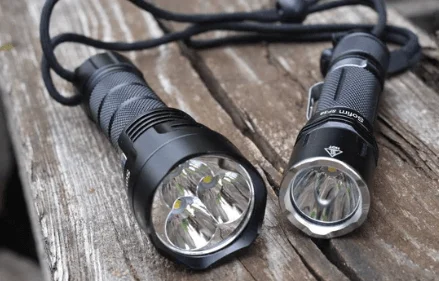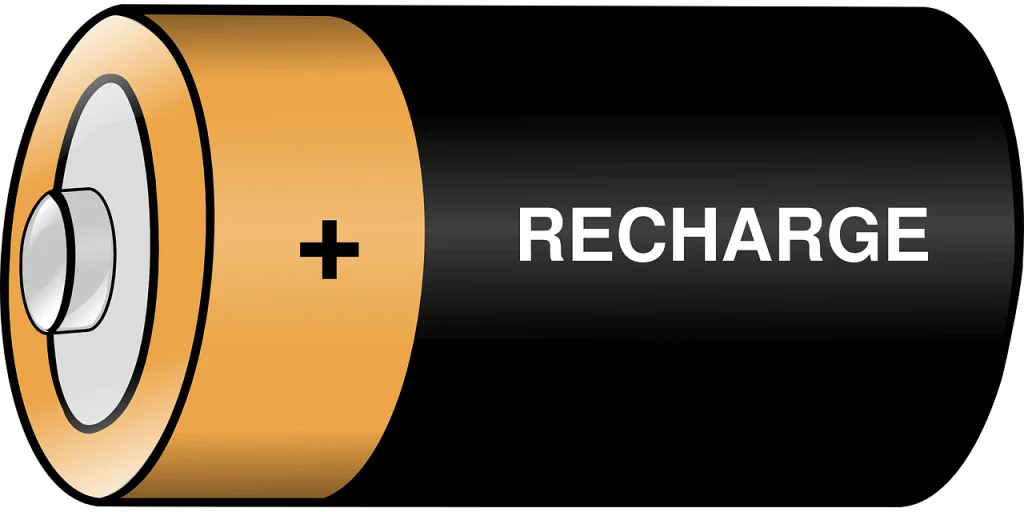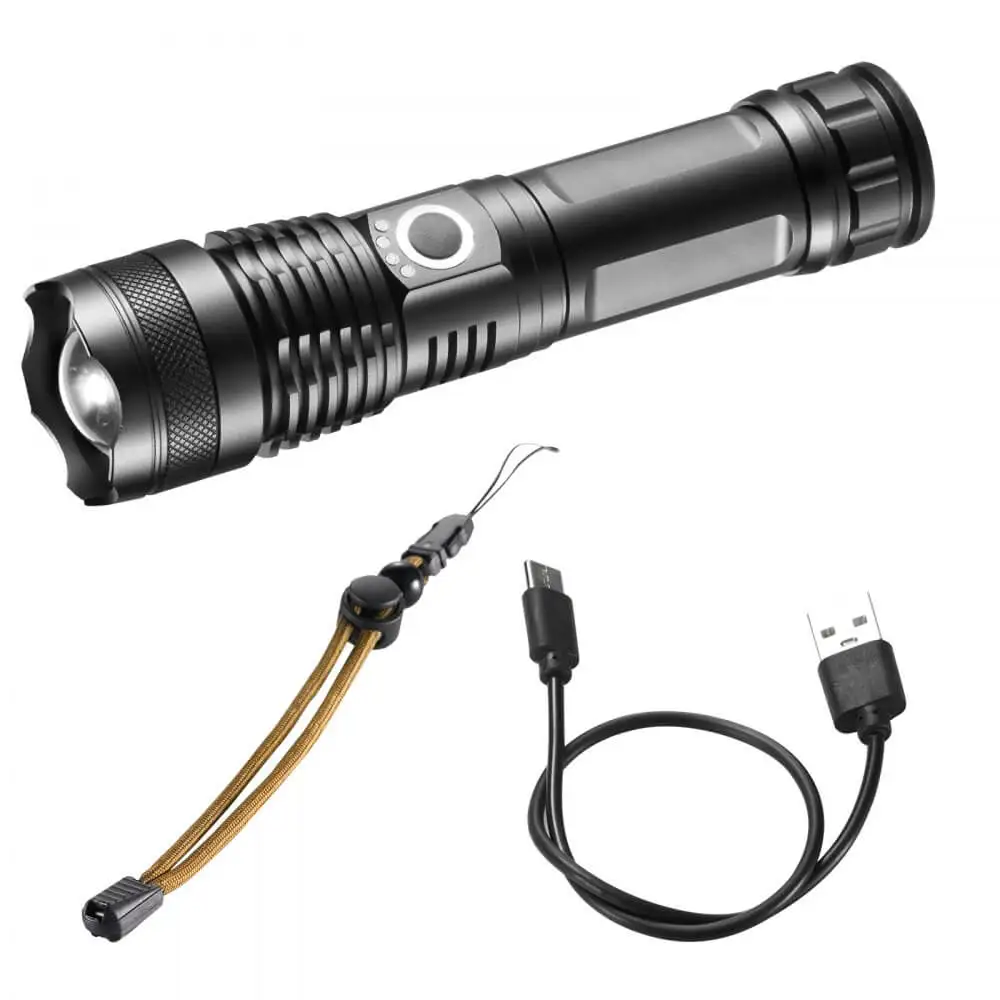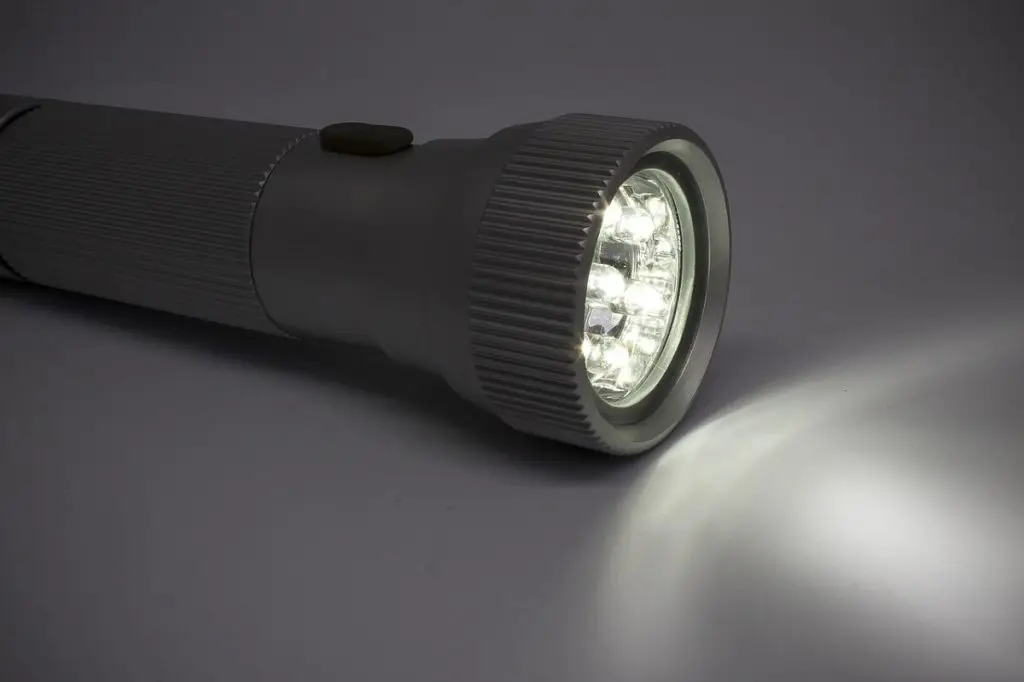A flashlight is an important tool that helps you with a necessary source of light in times of emergency. It can help you find your way back to your campsite if you get lost or even send signals for rescue if you’re in trouble.
Despite its apparent simplicity, the flashlight is the result of complex engineering. This article will examine the parts of a flashlight diagram, examining each part and how it contributes to consistent illumination. We will also discuss how VEVOR, one of the leading flashlight suppliers, uses different parts of the flashlight for superior performance.
Table of contents
Key Components of a Flashlight

When you look at the diagram of a flashlight, there are a lot of small but important components that you can see. Let’s discuss some of the important parts of light.
The Light Source (LED vs. Incandescent)
The main function of a flashlight is to illuminate an area that is dark. But where does that light come from? There are two different types of bulbs that are built-in flashlights, which are LED and incandescent. Let’s take a closer look at both of them. The traditional lightbulb is the incandescent one. It generates light by raising the temperature of a wire filament to a point where light is produced.
A transparent glass bulb, either evacuated or filled with an inert gas, encircles the metal wire. Around 10 lumens per watt are the efficiency ratings for incandescent lights. Unfortunately, almost 90% of the energy they use goes to produce heat. On the other hand, light-emitting diodes, or LEDs, operate entirely differently and lack filaments.
The average lifespan of an incandescent lightbulb is only 1,000 hours. LED lights have a lifespan of up to 50,000 hours which means that they are quite durable. While LEDs can last for decades with regular use, incandescent lights require frequent replacements.
LEDs are more energy-efficient than incandescent lights, producing light with a small amount of heat while operating at an amazing 80–90% efficiency. Incandescent lights, on the other hand, are only 10–20% efficient because they lose 80–90% of their energy as heat. VEVOR’s LED flashlights produce 3000 lumens of light with little to no wastage. The company is committed to high-performance LEDs.
Batteries and Power Source

The battery of the flashlight will serve as the power source of the light produced. There are mainly three types of batteries used in flashlights: AA, AAA, and Lithium-ion. AA and AAA batteries are non-rechargeable batteries. Their shelf life can reach up to ten years because of their slow self-discharge. They also function flawlessly in subfreezing temperatures.
On the other hand, lithium-ion batteries are rechargeable batteries and they perform very well. VEVOR is compatible with various battery types, so it becomes your one-stop shop for flashlights.
The variety of batteries used in flashlights is so vast that choosing one could be overwhelming. The first thing you must do is determine why you need the LED flashlights. We advise using lithium battery lights for storage or packed lighting as they have a low self-discharge rate. Reusable ones can be kept for years in storage.
AA and AAA batteries work well in modern emitters and are more widely available and reasonably priced. In any case, make sure you have extra batteries ready in case you decide to spend several days outside.
The Role of the Reflector and Lens
Rays from a light source are emitted in spherical directions, or in all directions. Thus, if the light rays’ direction isn’t controlled, the flashlight will be ineffective. Here’s where the reflector is useful. The light rays that are released from the source are reflected off the reflector and usually travel in parallel to the lens.
Only when the reflector is parabolic—as opposed to convex or concave—can this be accomplished. Since most flashlights lack reflectors, the light is less concentrated and spreads across a large region. Go for it if that seems like your goal!
The lens’s function is to produce light beams that meet the needs of the user. The light rays that are highly concentrated are often distributed to the lens by its concave shape. Flashlight lenses are costly and susceptible to serious malfunctions from even a little break. So, always remember to protect the lens. Lenses are frequently found in flashlights with wider, floodlight beams, whereas reflectors are usually found in flashlights intended for concentrated, long-range illumination. You can use VEVOR’s flashlight with high-quality reflectors and lenses for optimal beam patterns.
Additional Parts of a Flashlight
Now that we have a better understanding of the inside of a flashlight, we will take a look at the outside diagram of the flashlight and understand its parts.
The Body and Bezel
A flashlight’s outer shell acts as its protective layer. Typically, sturdy materials like stainless steel, aluminum alloy, or high-impact plastic are used to make it. This shell is made to resist extreme usage and protect from the elements. Undoubtedly, lights with substandard bezel design will be less expensive and less efficient.
The bezel, which is the outermost ring on a flashlight head, has two main functions. Since the material spreads past the lens, the initial purpose is to protect it. The second is to assist you in determining whether the flashlight is wasting battery life when it’s face-down. You must choose a durable flashlight like VEVOR’s to get superior flashlight build quality.
The Clip and Lanyard Attachment
A dive flashlight or a heavy-duty flashlight wouldn’t have the pocket clip, but they do have parts that are similar and accomplish similar tasks. You can easily “wear” the flashlight like a pen with the help of the pocket clip. Every EDC and tactical flashlight has a pocket clip.
Nonetheless, since the clip’s end does not firmly contact the components of a flashlight, you must make sure they don’t require additional effort to stay on. There needs to be a backup plan in case the pocket clip disappears. It might be, for instance, a holster. You can also use lanyard holes for smaller flashlights if not for a holster. You may wear the flashlight as a necklace or keychain thanks to these holes. VEVOR’s flashlights include these clips in some models. You can check
Switches and User Interface
Yes, we are aware that the flashlight is turned on by a switch. But there’s more to it. For instance, there are different modes for the flashlight to be fully turned on, dimmed, and off. That kind of brightness setting is quite helpful, and so is a functional tail cap. There are also different types of switches, including tail switch, push-button, and rotary. VEVOR offers flashlights with intuitive switch designs for ease of use.
VEVOR Flashlight: Your Best Choice

Coming to the best flashlight options, we have a winner: VEVOR 10000 Lumen High Lumens Flashlight. As the name suggests, this flashlight features 10000 high lumens light with an irradiation distance of up to 1700 feet. It has 5 flash modes that provide different beams of light. Additionally, the flashlight has a zoomable feature that allows you to change focus from a flood beam to a spot beam. You can easily expand or reduce the you want to cover by the light.
VEVOR’s flashlight features a 2200mAh battery that can support over 10 hours of lighting. The great thing about this light is that it shows the battery level with 4 indicators corresponding to the remaining battery percentage: 100, 75, 50, and 25. You can use the VEVOR flashlight in multiple settings such as fishing, camping, hiking, wayfinding, patrolling, night riding, etc.
The best part of this flashlight is that you can use it as a mobile power to help charge your phone in times of emergency.
FAQs
What are the main parts of a flashlight?
When you closely look at the flashlight parts diagram, you can see that it is made up of a reflector with a light source mounted inside. It also has a clear cover that can be paired with a lens to protect the reflector and light source, a battery, and a switch. All of these parts are housed inside a case.
How does the power source affect a flashlight’s performance?
The flashlight’s filament could carry the incorrect amount of current and receive the incorrect amount of power if you use a different bulb—one made for a different voltage drop. A filament with too much power would burn out very quickly, whereas one with too little power would glow weakly.
What Does it Mean By Lumen?
Basically, lumens (represented by lm) are a unit of measurement for the total quantity of light that a lamp or other light source emits that is visible to the human eye. The light source will appear “brighter” if the lumen rating is higher. All of us have previously purchased ordinary 50W or 60W bulbs or spotlights with the expectation of a specific brightness level. This falsely links light output and power usage (measured in Watts).
What’s the Typical Lifespan of an Average Flashlight?
The most energy-efficient lighting source ever developed is without a doubt LED technology. LEDs can burn out, but if they’re in excellent condition, it’s not very common to see that happen in their lifetime. The majority of LED flashlights are estimated to last at least 50,000 hours.
Conclusion
A flashlight’s body is the fundamental framework that holds all of its internal parts together and is essential to the device’s overall operation and usability. The primary body is important because of its impact on durability and ergonomics. So, you need to understand the body of a flashlight and everything it holds.
While we’re on the topic of durability, we must not forget to mention VEVOR, a company that is known for its durable design and functionality. Be sure to check out our website for more such durable items.





